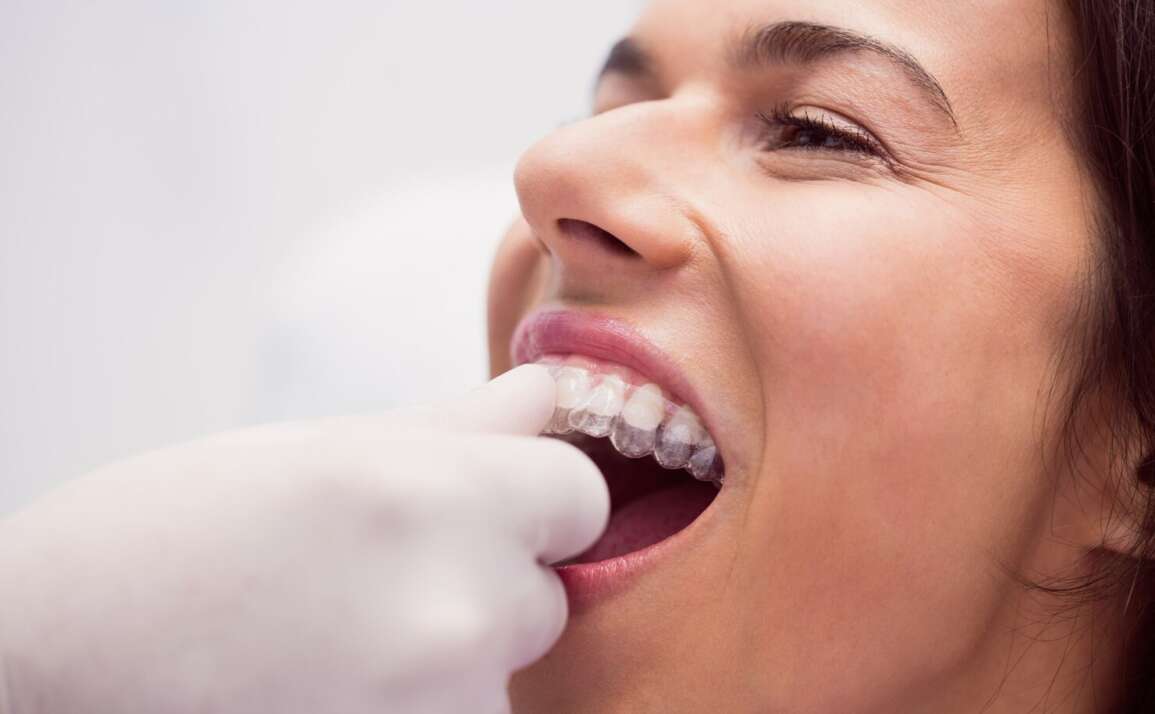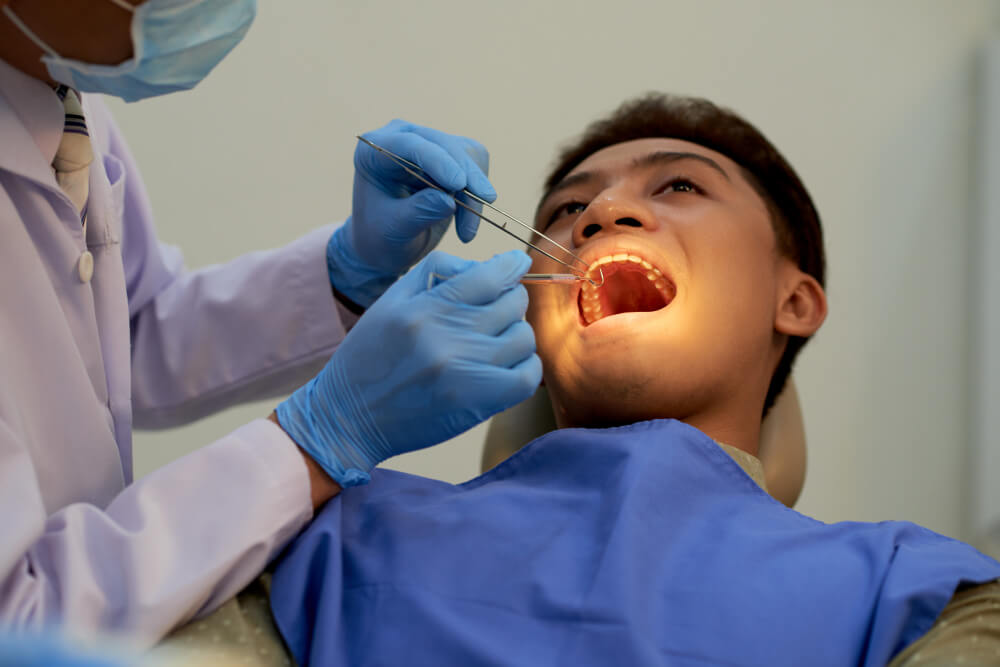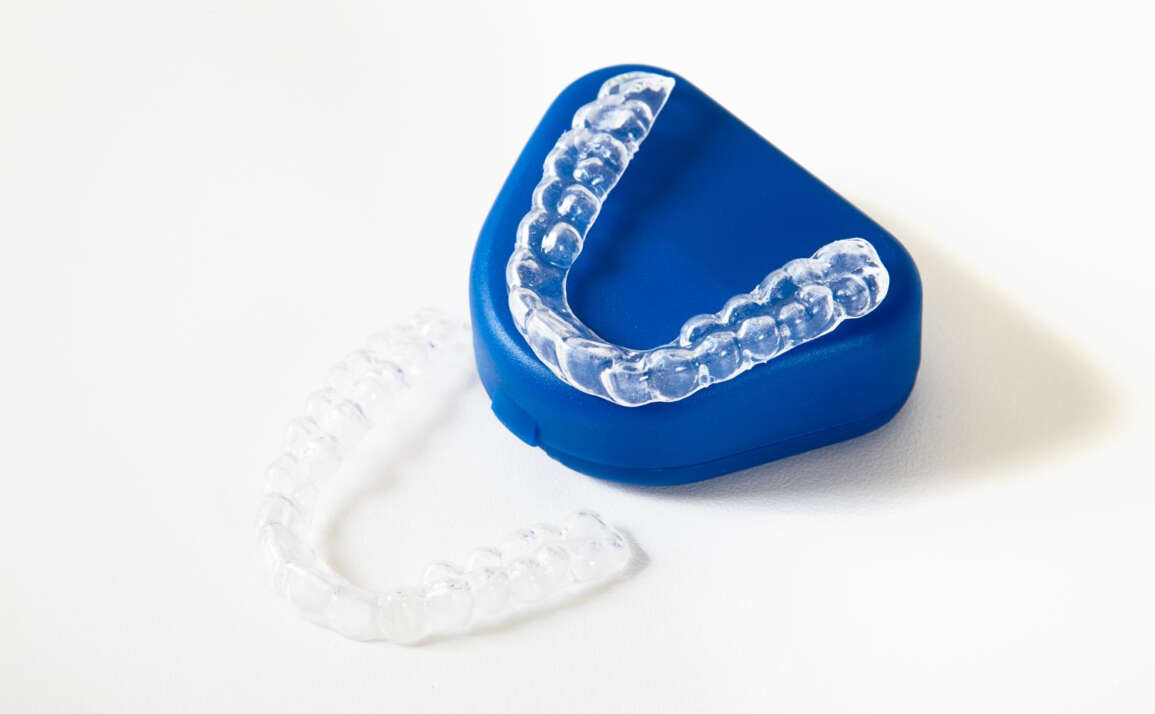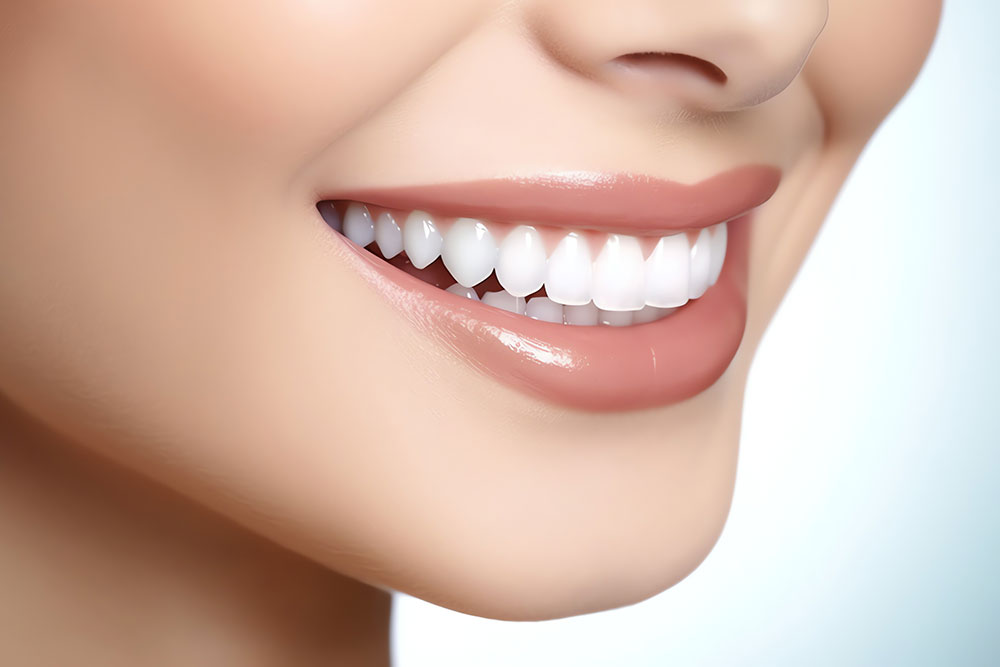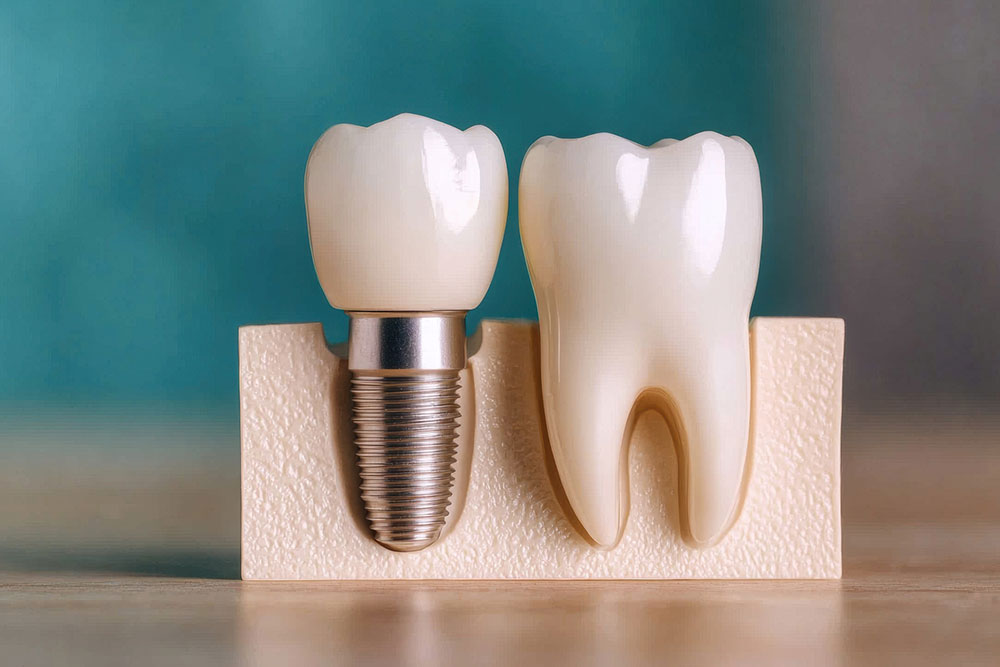Many people are quite happy with the idea of straightening their teeth, but less keen on the thought of wearing braces for years. Invisible braces and other discreet options have changed that conversation, especially for adults who prefer a low-profile approach to orthodontics. Once someone starts looking into invisible braces, timing quickly becomes the main concern. Nobody…
